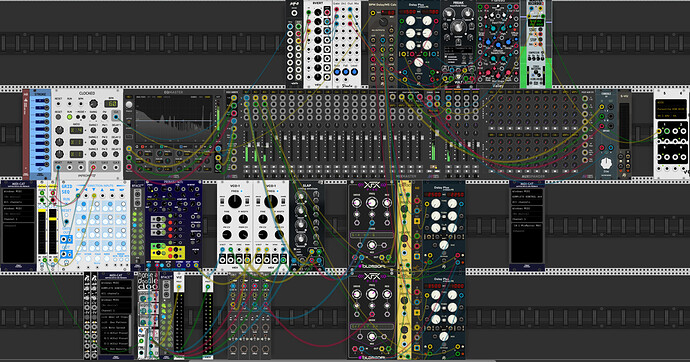This is a tryout of the new @computerscare “Horse-A-Doodle-Doo” random sequencer. Info about how to get it here.
It’s actually a very strange beast. As I understand it, there are a series of preset patterns that you can’t change. But since changing parameters (length, density, pattern) radically alter the note sequence coming out of it, there’s no real limitations on what kind of mostly-adds-up craziness it can generate. If you leave the knobs alone what it plays will (eventually) repeat. Just tweaking the sequence length with a knob is endless fun.
2021-02-10.vcv (177.6 KB)
https://cornwarning.com/chaircrusher/Chaircrusher-Caveat.mp3
